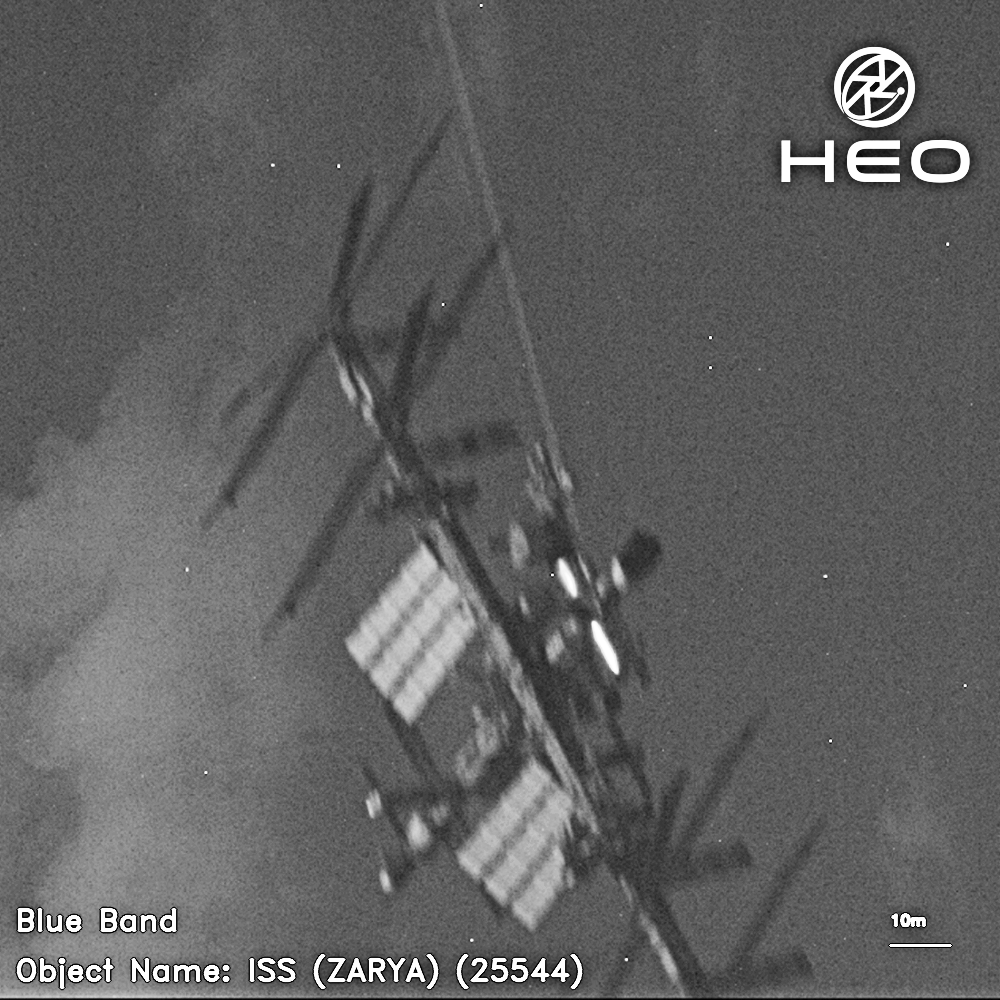HEO Robotics, which monitors outer space and observes objects in near-Earth orbit, has received an exciting photo of the International Space Station (ISS) from its satellite. The image shows how two objects move relative to each other at a speed of 6 km/s (21,600 km/h), which makes the image even more impressive.

“We captured this image of the ISS as it passed over the Indian Ocean from a satellite 69.06 km away,” HEO Robotics noted on the social network X.
This Australian company has already taken several rare images of orbiting satellites using its fleet of spacecraft, showing high-resolution images that are used to inform its customers about space activities.
For example, on February 14, 2024, HEO Robotics received images from the European Space Agency’s (ESA) ERS-2 Earth observation satellite. ERS-2 was returning to the Earth’s atmosphere after 16 years of scientific observations. ESA carefully prepared for the fall of ERS-2 by performing dozens of de-orbiting maneuvers after the mission ended in 2011 to ensure a safe landing.
In 2023, HEO Robotics published a series of images showing how China assembled its Tiangong space station. The video shows how the main module Tianhe works independently and accepts cargo spacecraft Tianzhou and crews of spacecraft Shenzhou. Later, two experimental modules were added, Wentian and Mengtian, which gave the Tiangong a T-shape.
HEO Inspect Presents: Assembling The Chinese Space Station 📹
Using our non-Earth imaging capability, we witnessed a story unfold over an 18-month timeframe. Each stage you see was verified with a photo taken from another satellite in space.#MakeSpaceTransparent pic.twitter.com/GKkQFLrpQ4
— HEO (@heospace) August 30, 2023
“Using our non-Earth imaging capability, we witnessed a story unfold over an 18-month timeframe. Each stage you see was verified with a photo taken from another satellite in space,” the company added.
Earlier, we showed how the meeting of the Moon and the ISS got into the photo.
According to space.com
Follow us on Twitter to get the most interesting space news in time
https://twitter.com/ust_magazine


